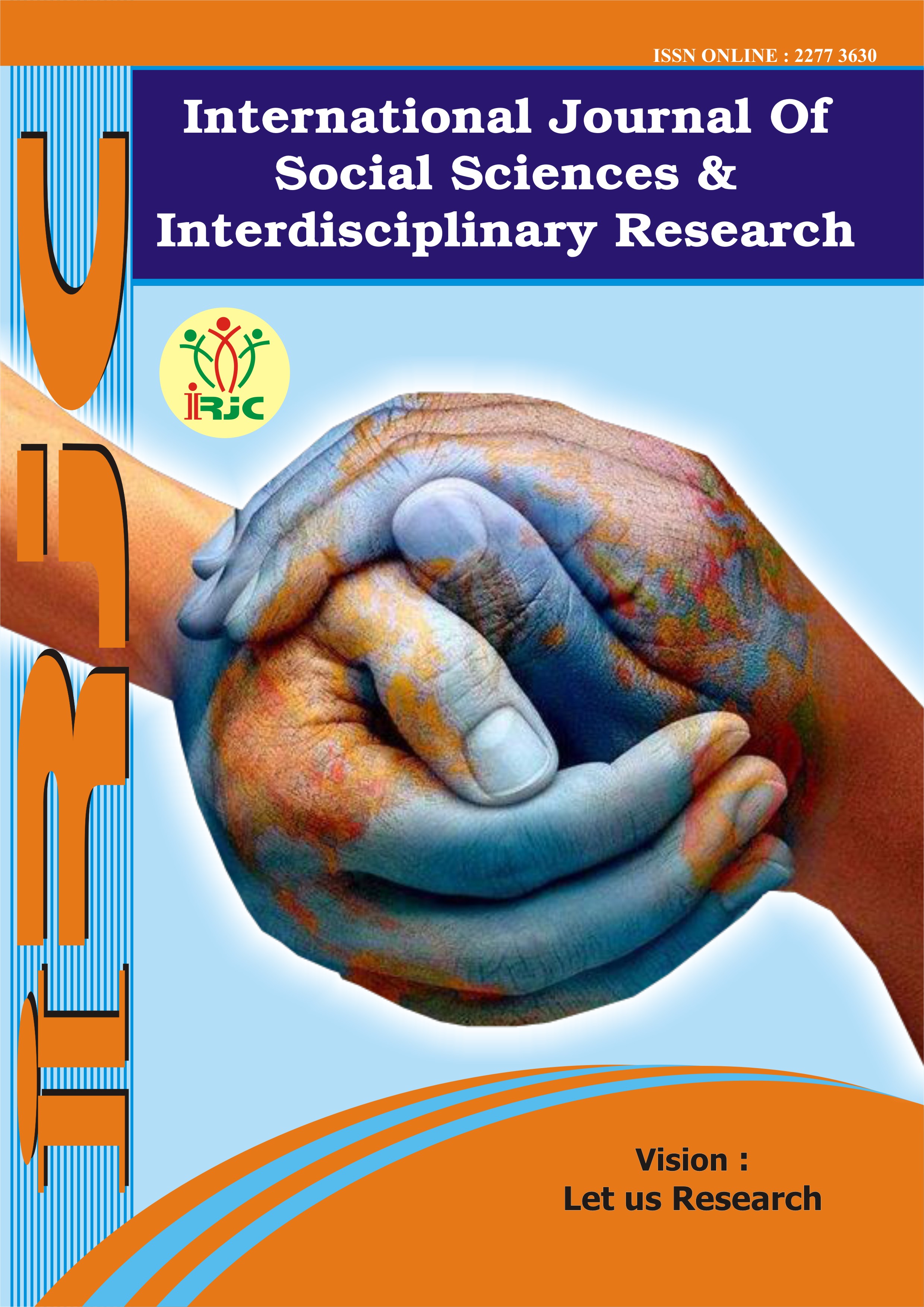Cross Border Data Protection and its Impact on Indian Tech Companies
Abstract
The globalization of digital trade has intensified the complexities surrounding cross-border data protection, compelling jurisdictions to rethink privacy, sovereignty, and economic competitiveness. This study examines the evolving landscape of cross-border data regulations and their impact on Indian technology companies, with a particular focus on the interplay between global frameworks like the GDPR, the APEC Cross-Border Privacy Rules (CBPR) system, and India's Digital Personal Data Protection (DPDP) Act, 2023. Through a mixed-methods research design, combining statistical export data analysis and semi-structured interviews with industry compliance officers, the study highlights the multifaceted challenges posed by stringent data localization mandates, including increased compliance costs, operational disruptions, and potential hindrances to ICT services exports. Findings reveal that while large firms adapt through hybrid cloud infrastructures and regional data hubs, startups and SMEs face disproportionate burdens, risking a contraction of India's innovation ecosystem. The study further contrasts India's emerging privacy regime with global models, noting both alignments and divergences, and argues that embracing interoperability initiatives such as the CBPR system could offer India a pragmatic balance between safeguarding data sovereignty and fostering international digital trade. These insights have significant policy implications for India's ambition to position itself as a trusted data economy while navigating tensions between privacy imperatives and economic globalization.





